Geothermal potential in Valais (GEOTHERMOVAL II)
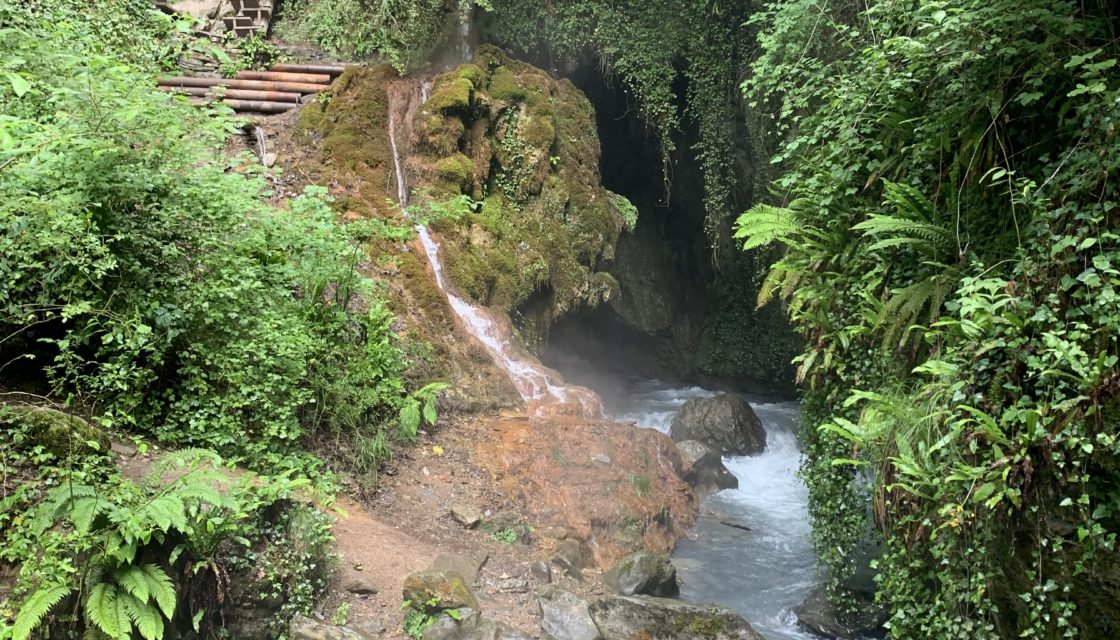
Geothermal potential of high-permeability conduits at the base of the glacial Rhone valley in Valais The aim of the Géothermoval II project, which follows on from the GEOTHERMOVAL project, is to estimate the geothermal potential of the Rhône valley in order to determine whether this resource can be exploited to meet the growing energy needs arising from the densification of lowland regions. In order to identify areas of interest for geothermal drilling,… Read More
DEEP CITY Verbier
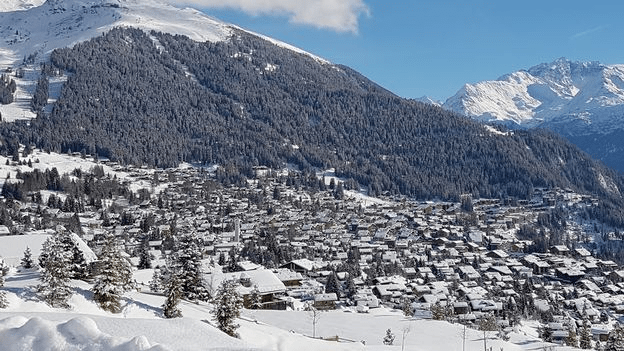
Understanding water resources for better management CREALP is involved in applying the Deep City method (Parriaux et al. 2010) to the Verbier region on behalf of the Val de Bagnes municipality. This method was developed based on the observation that, on a commune scale, underground space is limited and a source of both conflicts (of use) and synergies (geomaterials). This approach aims to popularize and map complex geological complexes in order to… Read More
International cooperation > Flood forecasting (Ecuador)
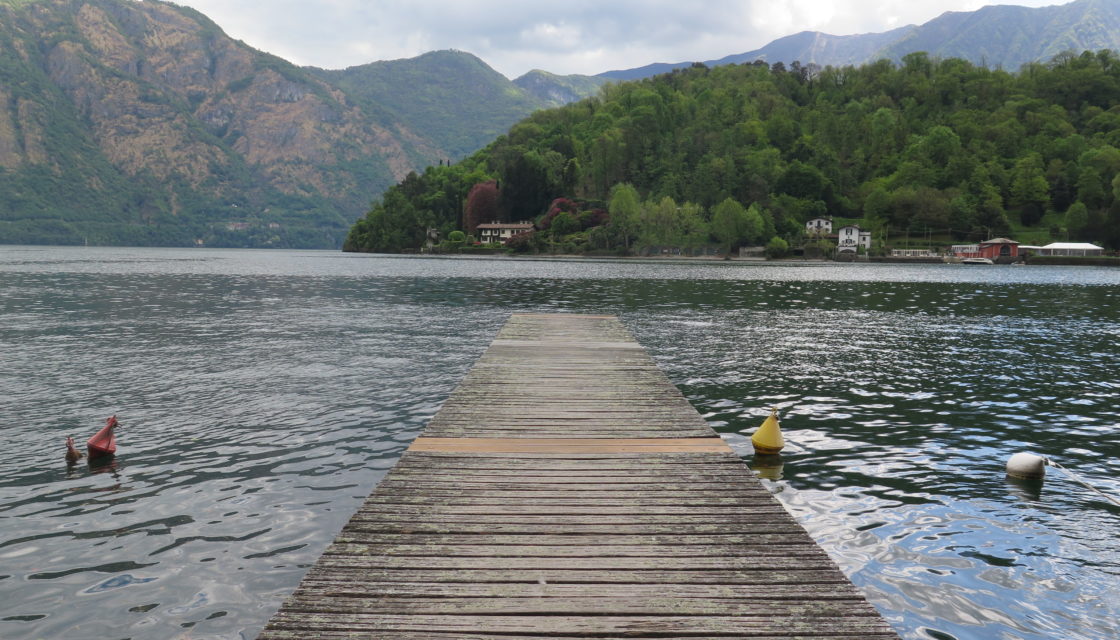
Development of a hydrological forecasting system in Ecuador CREALP supported INAMHI, the technical-scientific entity responsible for the production and dissemination of hydrometeorological information in Ecuador, in the design of a simulation model and the development of an automatic real-time forecasting system. The support provided consisted of a training course in hydrology using the RS MINERVE software, as well as technical support for the development of a model of the Coca watershed. This… Read More
Hydrometric network monitoring
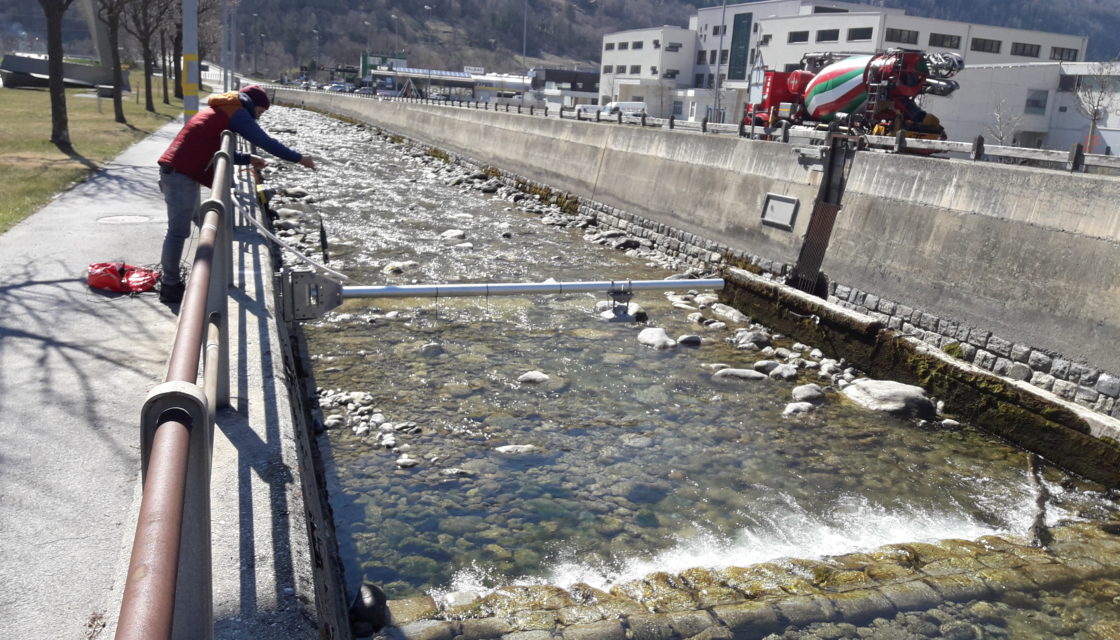
Hydrometric network of the Canton of Valais Hydrometric monitoring of lateral watercourses on a cantonal scale has two main objectives: The hydrometric network, commissioned at the end of 2015, comprises some twenty stations. It is managed and maintained by CREALP with technical collaboration from the“Maintenance Logistics” section of the Mobility Service(SDM). Information Project manager : Project duration: 2019 – ongoingProject sponsor: SDANA and SEFH of the Canton of Valais
Rocks and quarries in Valais

An in-depth review of the geological, technical, historical and socio-economic aspects of quarries operating in the Valais over the past three centuries. Noting the rapid disappearance of quarrying archives in Valais, geologists and researchers Daniel A. Kissling, Michel F. Delaloye and Hans-Rudolf Pfeiffer decided to safeguard this heritage by recovering this information before it was too late, and making it accessible to the public. As a result of their work, over 570… Read More
Quaternary deposits
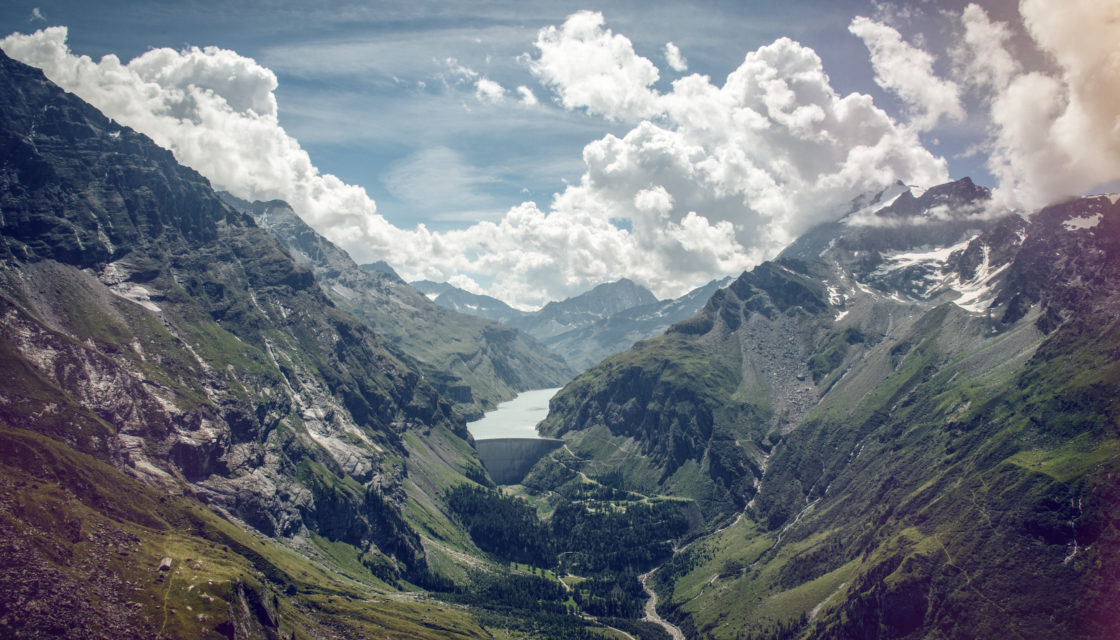
Exploiting and developing quaternary data from the Rhône Valley – Multiple challenges 90% of Switzerland’s land use takes place in the near subsoil, the site of Quaternary deposits. Consisting mainly of loose rock, these soils provide a variety of raw materials (water, mineral raw materials, geothermal energy). Their geological nature also determines certain soil properties that are important for the exploitation of natural resources (hydrogeology, geothermal energy), for the construction of structures,… Read More
GIS Groundwater
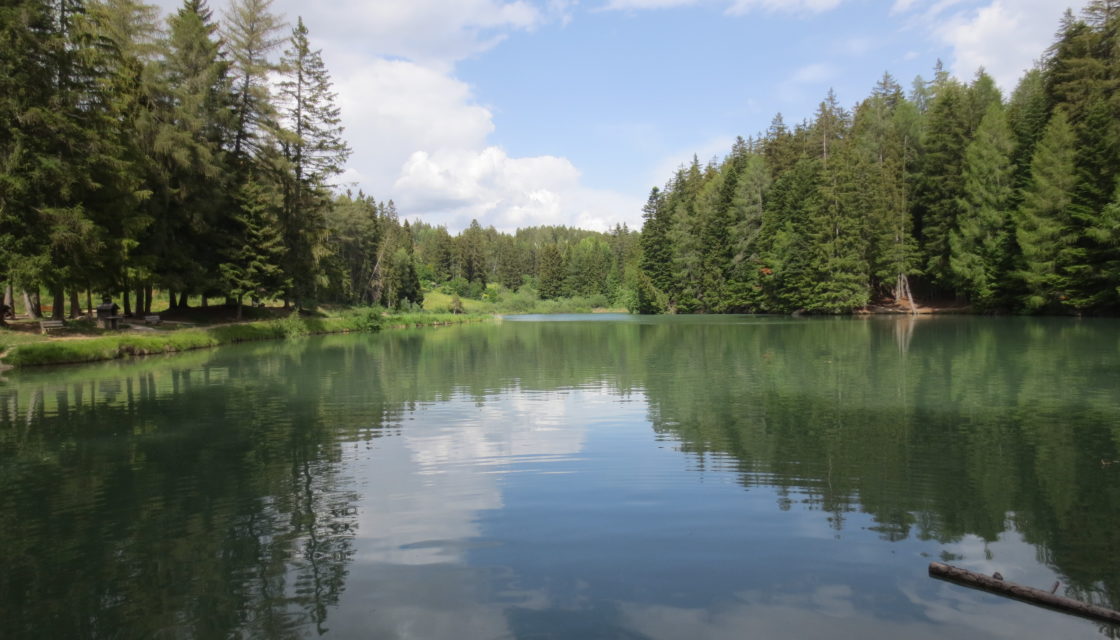
Design and implementation of a Groundwater Information and Management System to enhance the value of cantonal subsurface data In close collaboration with the Service de l’environnement(SEN) – Groupe Eaux souterraines du Canton du Valais, CREALP has been involved in setting up a global strategy for groundwater monitoring in the short, medium and long term. This analysis, which considers the various aspects related to groundwater management (quantitative and qualitative monitoring, protection of water… Read More
Water resource management (Jinsha, China)
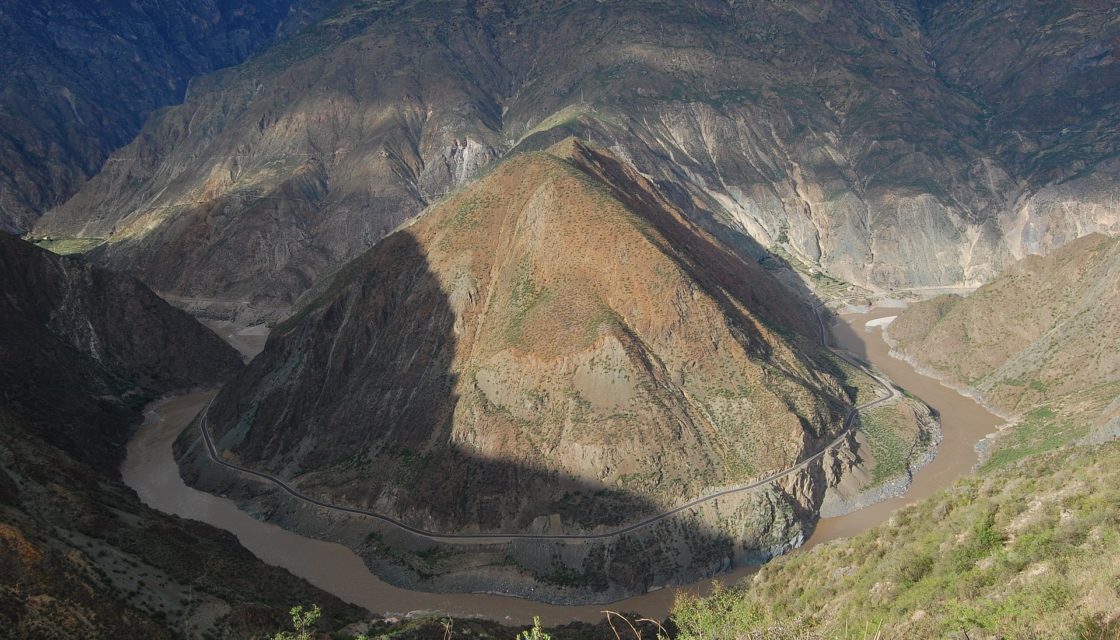
Jinsha River Basin (JRB): Integrated Water Resources and Risk Management under Changing Climate The aim of the “Jinsha River Basin (JRB): Integrated Water Resources and Risk Management under Changing Climate” project was to develop an integrated water resources and risk management system for the Jinsha river watershed in the context of climate change. The project has multiple aspects, since it aims to use an environmental approach to protect people and property from… Read More
Adapting to climate change (Peru)
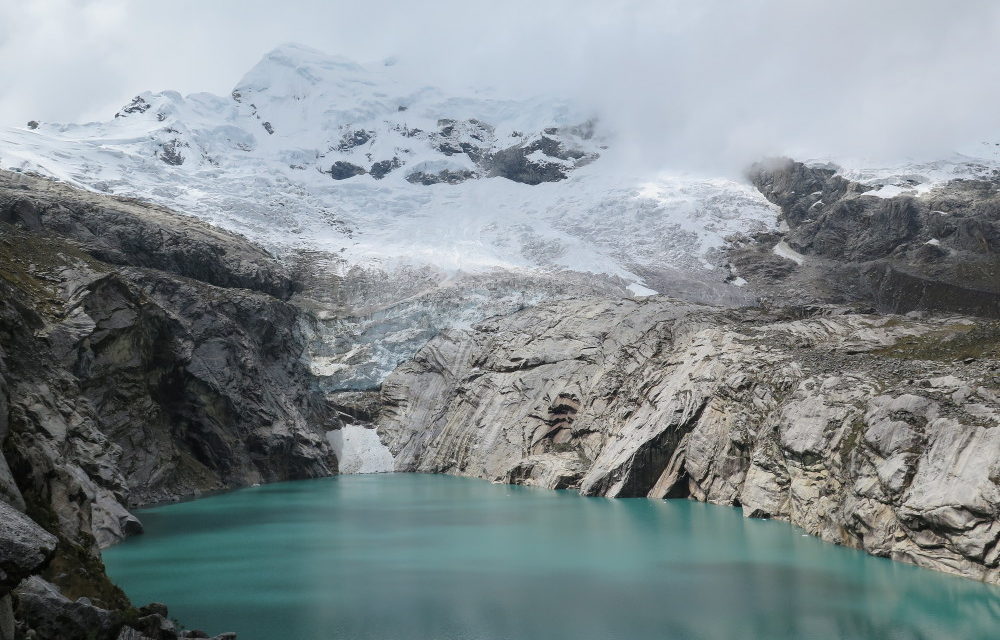
Adapting to climate change and reducing the risks associated with glacial retreat in the Andes – Peru The Glacier 513 project was a multi-objective project designed to reduce the risks associated with the retreat of Glacier 513 (Peru), and to optimize water resource management for its entire watershed. Located in the Ancash region of Peru’s Cordillera Blanca, Glacier 513 lies upstream of the Chucchún basin and threatens the city of Carhuaz. In… Read More
Cross-border collaboration (Vallon de Réchy)
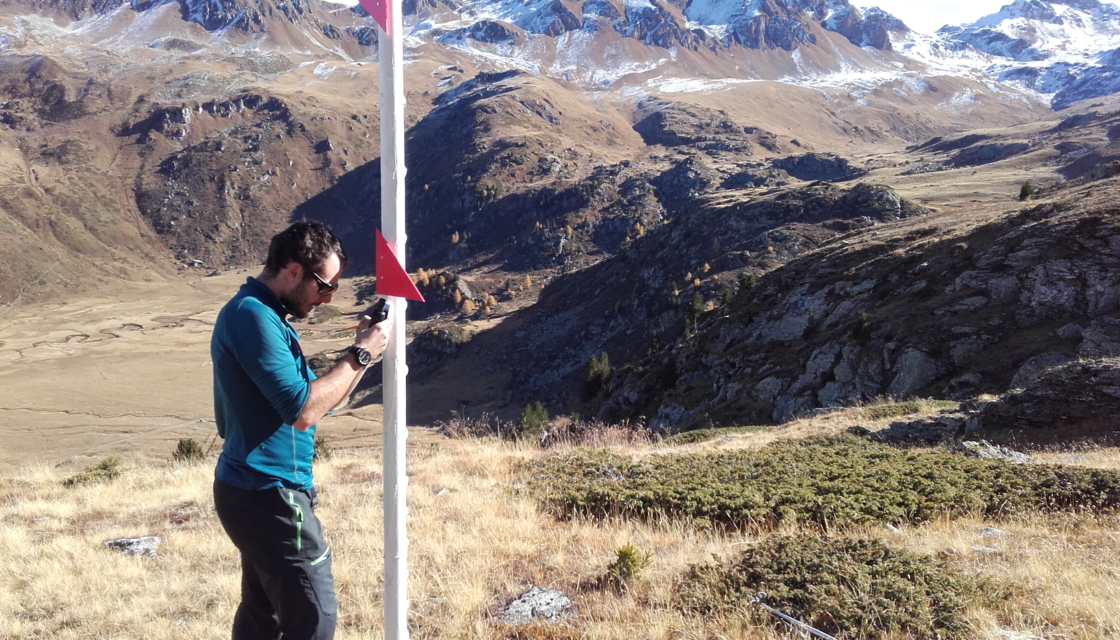
Optimizing the management and protection of groundwater resources The Réchy project follows on from the STRADA cross-border cooperation project (INTERREG IV Alcotra Italy-Switzerland, 2007-2013), which aimed to understand the behavior of mountain aquifers in different geographical and hydrogeological contexts, under climatic constraints. The aim was to understand the behavior of mountain aquifers in different geographical and hydrogeological contexts under climatic constraints, taking into account the potential effects of climate change, in particular… Read More
